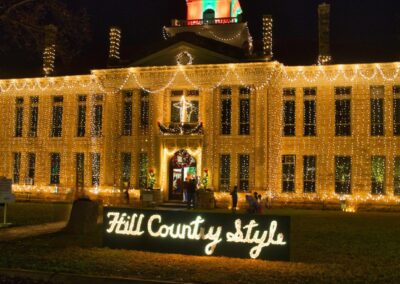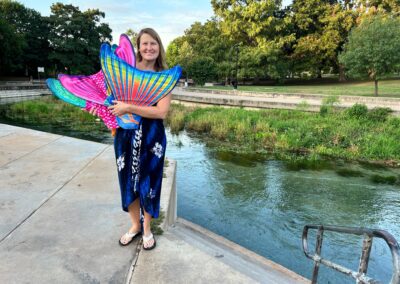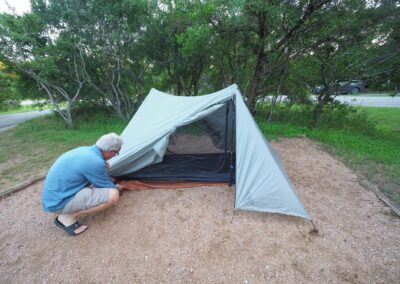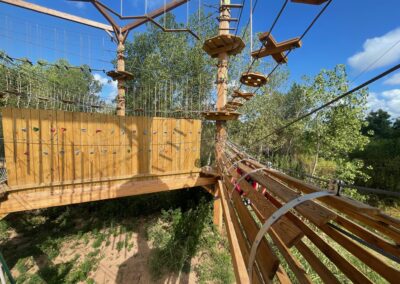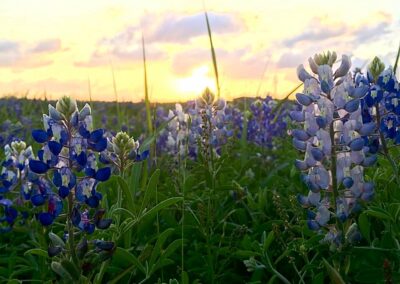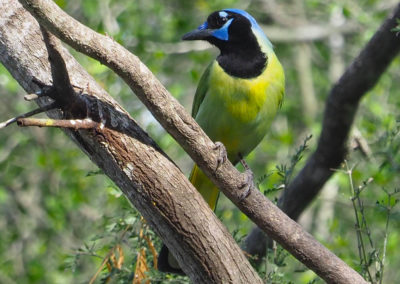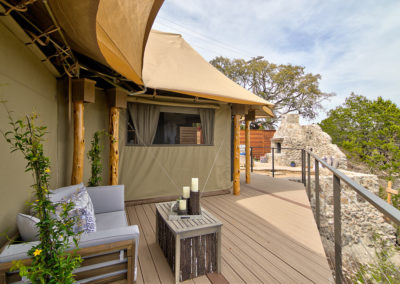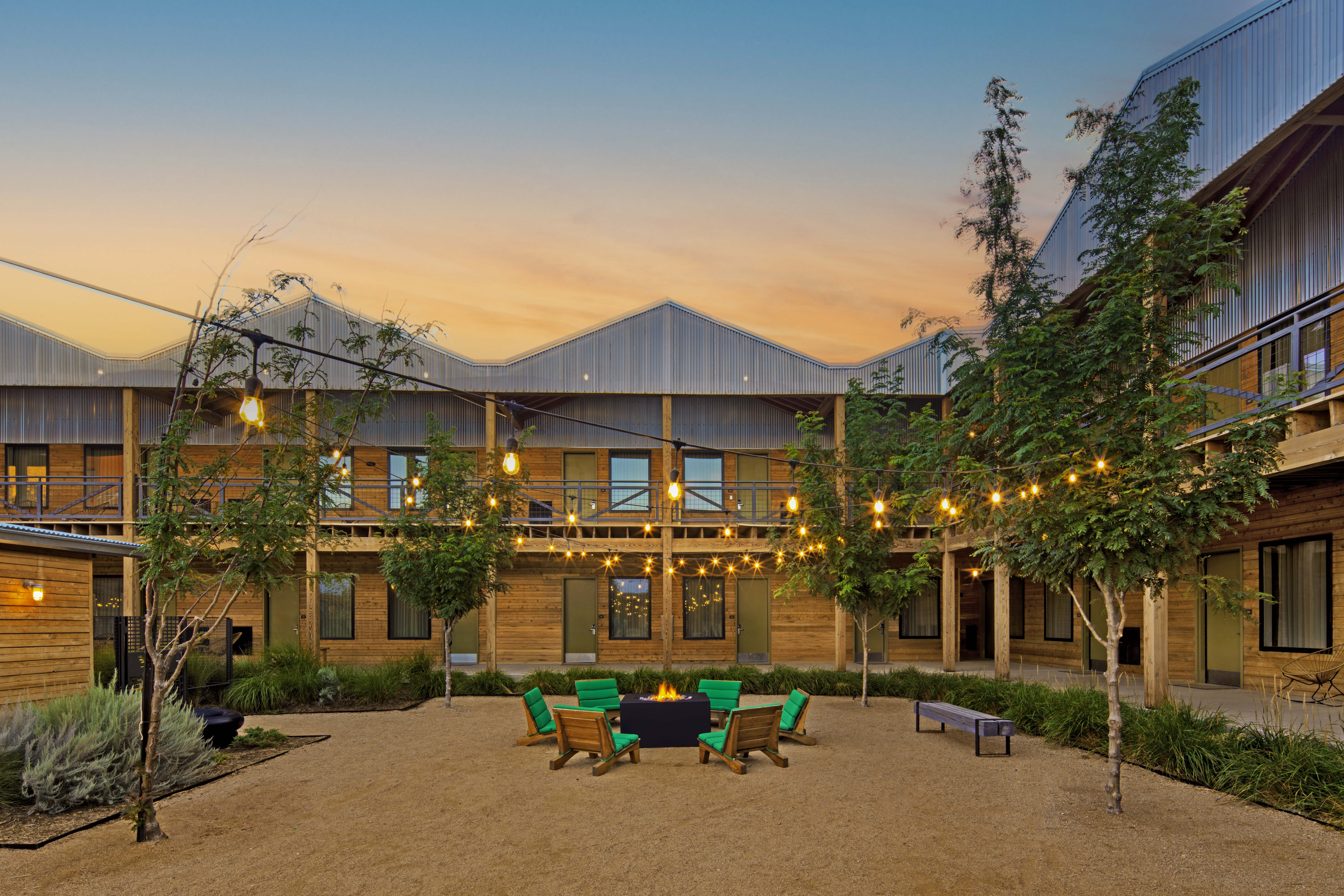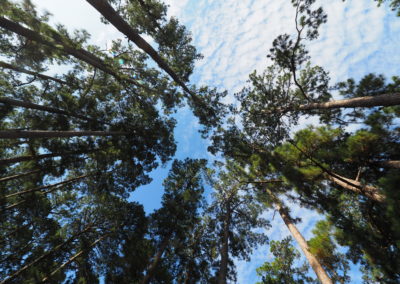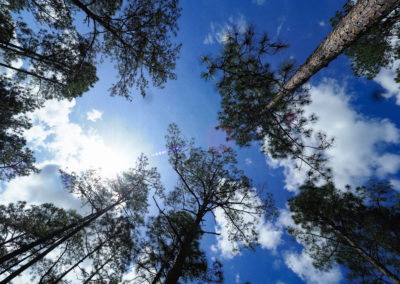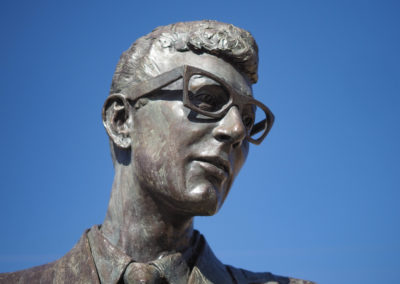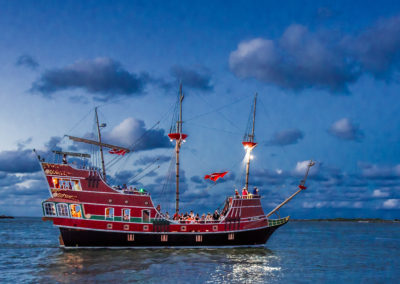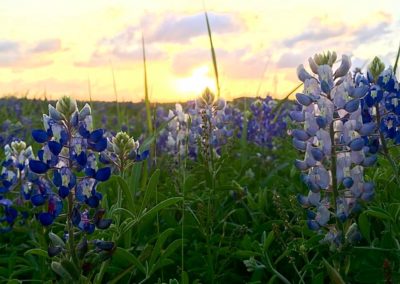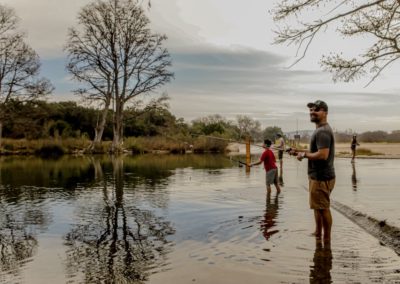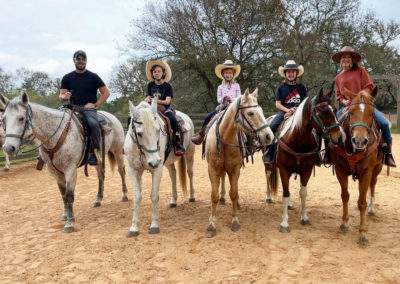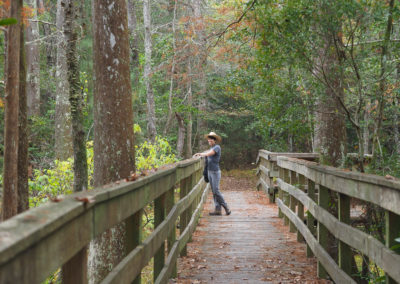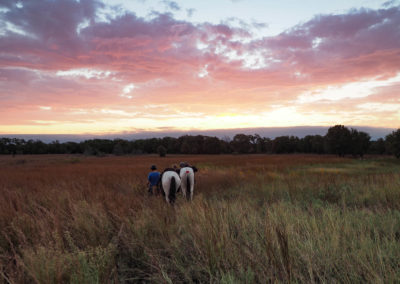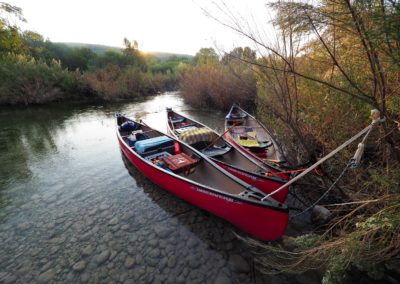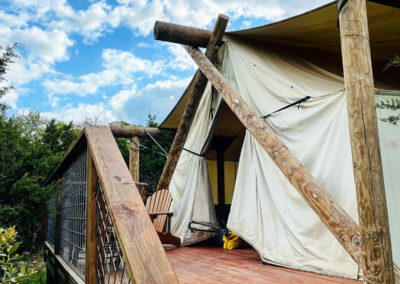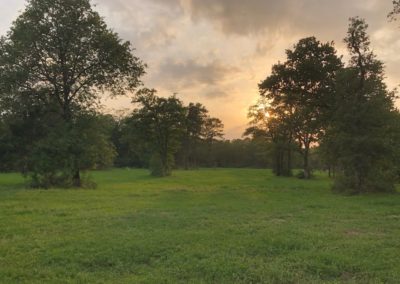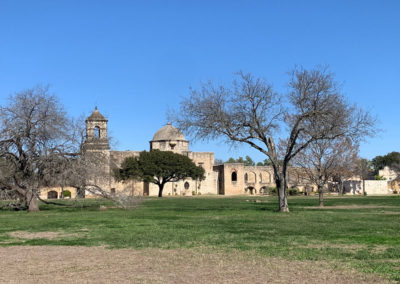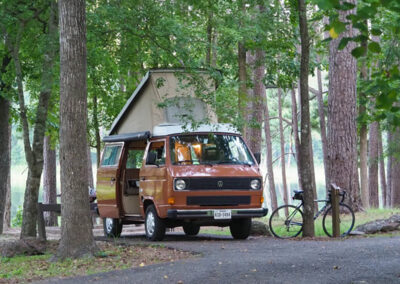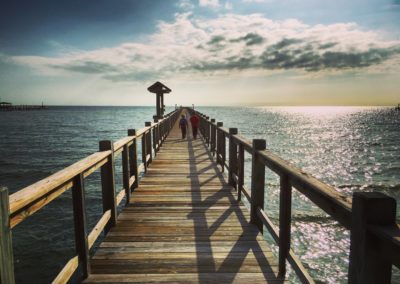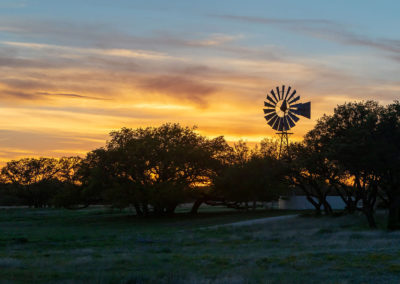
Pam LeBlanc kept camping even after she tore her ACL. Chris LeBlanc photo
Camping’s different when you’re hobbling around on crutches. But since I tore the anterior cruciate ligament in my knee while snow skiing last month, I’ve already visited two state parks, and it’s reminded me of a few important things.
One, just getting outside improves my mental health. I may not be able to hike far or pedal a bike, but I can still roast marshmallows over a campfire, gaze into the night sky, and listen to frogs croaking in the night. All of that helps me forget (temporarily) about the dog sledding, horseback riding and paddling trips I cancelled due to the injury.
Read more: The best campsites anywhere, ever
Two, it also reminds me of the challenges that mobility impaired people face every day. I struggle at times to find a convenient parking spot and planning ahead is crucial. Managing to get up and pee in the middle of a night of camping without stumbling takes practice.
Still, heading outdoors keeps me sane. It also reinforces what a great resource we have in Texas State Parks, which celebrate their 100th anniversary this year.
Learn more below about the two parks I recently visited –– this time on crutches.
Goliad State Park on crutches
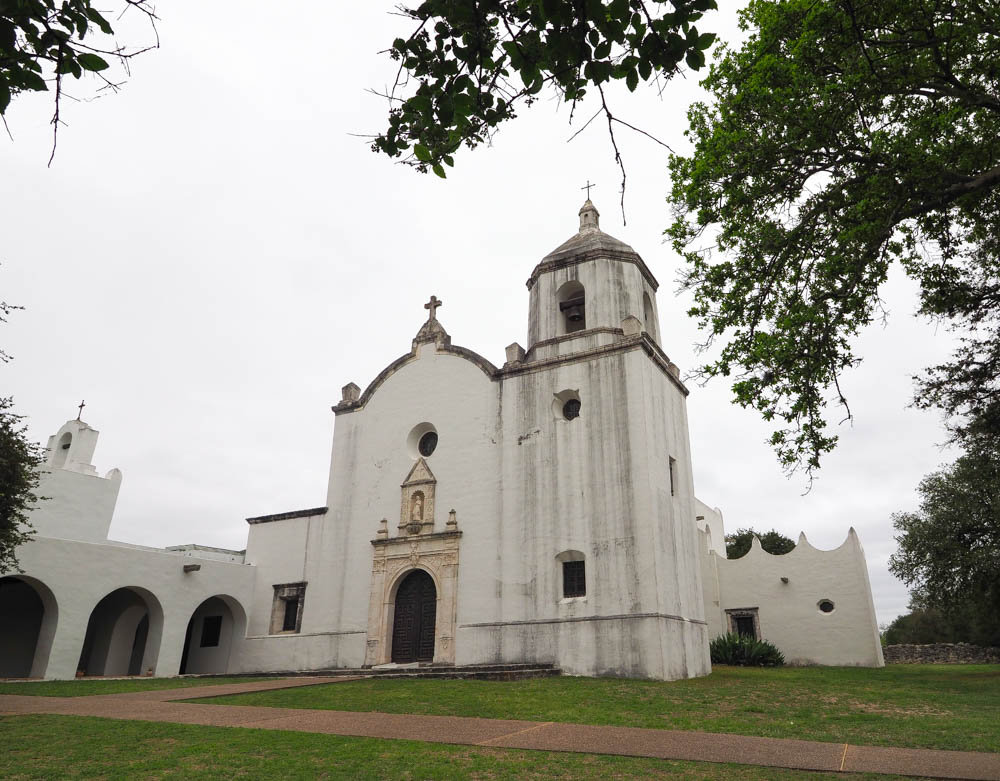
At Goliad State Park, visitors can visit Mission Espiritu Santo. Photo by Pam LeBlanc
History runs deep in southeast Texas.
Eight days after the Alamo fell in San Antonio, Sam Houston ordered Col. James Fannin to evacuate his 400 men from Goliad and head to Victoria, 30 miles away.
Fannin was slow to depart. When he did retreat, it was too late. The Mexican army caught and defeated the Texans in the Battle of Coleto Creek near Goliad. Fannin, along with more than 400 Texan survivors, were marched to La Bahia Presidio, less than a mile from the park. There they were executed.
“Remember Goliad! Remember the Alamo!” became the rallying cry at San Jacinto on April 21, where the Texans finally defeated Santa Anna’s Mexican army.
Mission Espiritu Santo stands as a reminder of those days. The structure, was moved here in 1749, in part to protect a major trade route through the region. A hurricane damaged it in 1886 and it eventually fell into ruins. The original stone and mortar mission was abandoned, the rocks used as building materials elsewhere.
Read more: Best bet for birding? Bentsen-Rio Grande Valley State Park
More history
A smooth cement sidewalk made it easy for me to crutch my way up to the structure, a reconstruction as (somewhat loosely) interpreted by National Park Service architects in the 1930s.
Company 3822 of the Civilian Conservation Corp, made up entirely of older war veterans, used stone found at the site and from a nearby quarry to rebuild the mission. Artifacts they found are on display at the park museum. You’ll also find exhibits of what daily life was like for the missionaries and Native American converts who ranched cattle here.
The park’s two small tent camping areas, situated along the river beneath a canopy of trees, are the prettiest and quietest. (They also close when the river rises, like they did in mid-April.) But if you’ve got an RV, reserve a spot in the Karankawa loop. A row of screened shelters is also available there.
Everything was booked, so we wound up in the Jocales RV camping area, which looked more like a huge asphalt parking lot rimmed with picnic tables than a serene campground. Still, we got a spot on the edge, next to a screen of trees, and sipped wine and played games around a crackling fire.
If not for my injured knee, I’d have dropped a canoe in the San Antonio River at the Highway 59 bridge upstream. From there you can paddle 6.6 miles to the park on the official Goliad Paddling Trail.
Anglers can borrow fishing gear from park headquarters and cast from the bank without a license. And hikers can walk the 2.5 mile Angel of Goliad trail that stretches from a statue south of the park all the way into downtown Goliad.
Want more history? More sites important in Texas history are located nearby. Among them are El Camino Real de los Tejas Visitors Center, the birthplace of General Ignacio Zaragoza, the Mission Rosario State Historic Site, the Fannin Memorial Monument, and Presidio la Bahia.
Martin Dies Jr. State Park on crutches

The Wildlife Trail leads over a slouh at Martin Dies Jr. State Park. Pam LeBlanc photo
Lately, I can’t resist the lure of East Texas. It’s swampy, lush, mysterious, and almost spooky.
Martin Dies Jr. State Park perches on the edge of the Steinhagen Reservoir near Jasper, at the junction of the Angelina and Neches Rivers. The park is divided into two main sections, and my husband and I nabbed a slot for our campervan along Gum Slough in the Hen House Ridge Unit.
The trip marked my third visit. Twice, it’s been so foggy that cypress trees growing knee-deep in the lake appear to be floating in clouds.
Head to the Walnut Slough Day Use Area to hike the 1.5-mile Wildlife Trail. I managed about half a mile on my crutches. That got me over the picturesque wooden pedestrian bridge, where I peered into the murk in hopes of spotting an alligator. (Stay a respectful 30 feet away if you spot one.) We didn’t see any gators, but we did find lots of turtles, woodpeckers and white-tailed deer.
While I romped through soft pine needles on my crutches, doing things that would probably alarm my knee surgeon, I paused to take in the overhead view, too. The towering pines, which sway like they’re made of rubber, are mesmerizing.

Pam LeBlanc hikes the Wildlife Trail at Martin Dies Jr. State Park. Chris LeBlanc photo
More to do at Martin Dies Jr. State Park
The park rents canoes and kayaks. If you launch from the boat ramp at Walnut Slough, you can paddle a 2.7-mile loop around the northern half of the park. The 5.4-mile Sandy Creek Paddling Trail hugs the shore then crosses a stretch of open water. Or try the 2.8-mile Neches Paddling Trail, which winds through narrow cuts before spilling into the Neches River. And the Cherokee Paddling Trail starts and finishes on the other side of the lake, at the Cherokee Day Use Area, where the fishing is often good.
On the Hen House Ridge side of the park, the Slough Trail takes you over more than a dozen small bridges. The less exciting Sandy Creek Trail leads to an adjoining park operated by the U.S. Army Corps.
This park also comes with a rich history. For hundreds of years, the Caddos, who were known for their pottery making skills, lived here. They were forced out in the 1830s. Most of the timber was harvested after the Civil War. What grows here today is second generation.
The park is named for an East Texas senator who grew up riding through these thickets. The reservoir was built in 1947, and park construction started in the 1960s.
If You Go

Getting there:
It takes about 4 hours to drive to Martin Dies Jr. State Park from Austin. It’s located at 634 Park Road 48 South, between Woodville and Jasper.
Goliad State Park is located at 108. Park Road 6 in Goliad.

Stay:
At Martin Dies Jr. State Park, reserve one of more than 200 campsites or rent a screened shelter or a cabin. Park admission is $4 for adults; ages 12 and under are free. Campsites start at $14.
At Goliad State Park, reserve one of 58 campsites or rent a screened shelter. Park admission is $4 for adults; ages 12 and under are free. Campsites start at $10.
Do:
Martin Dies Jr. State Park rents canoes and kayaks, or you can bring your own to launch from one of the park’s multiple boat ramps. Anglers can fish for catfish, bass, perch and crappie from small lighted piers or the bank. The Hen House Ridge Unit has a designated swim area, although there are no lifeguards on duty. Hiking, biking, and birdwatching are popular, too.
At Goliad State Park, camp, hike and explore the mission.

Insider tip:
If you’re on crutches, rehearse your moves before you need them. Plot out the route to the bathrooms, set a step stool up outside your campervan, and ask for help if you need it.



















